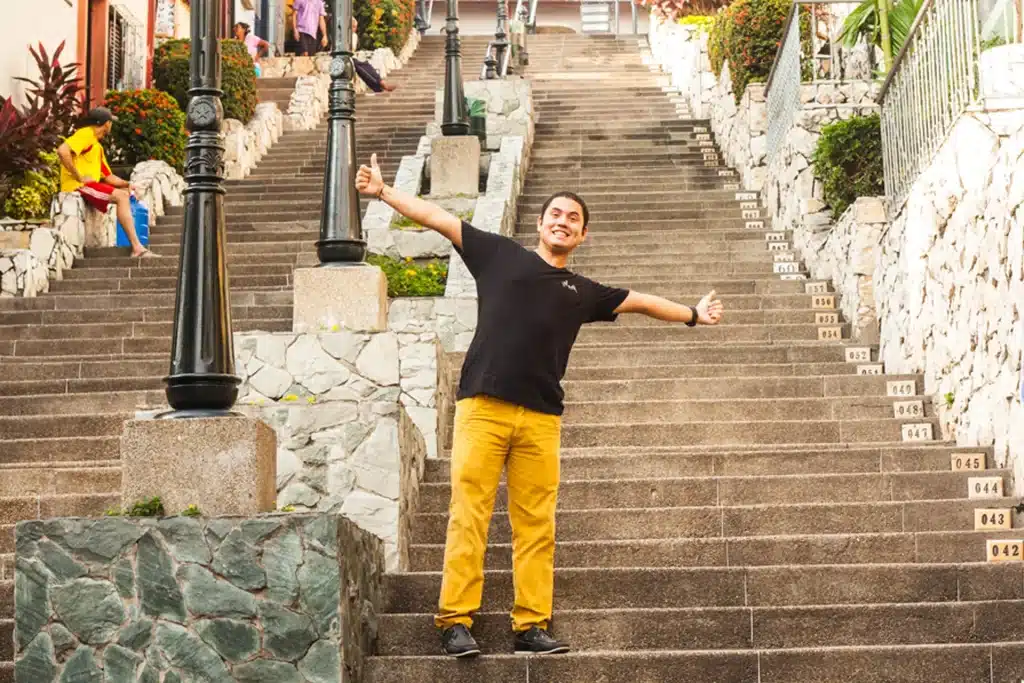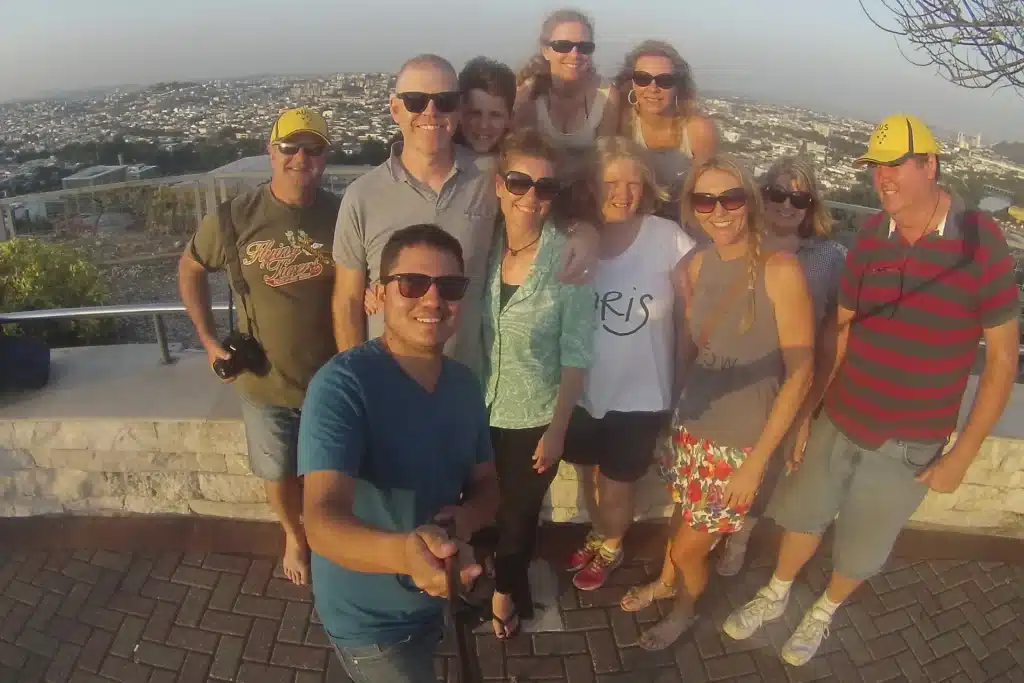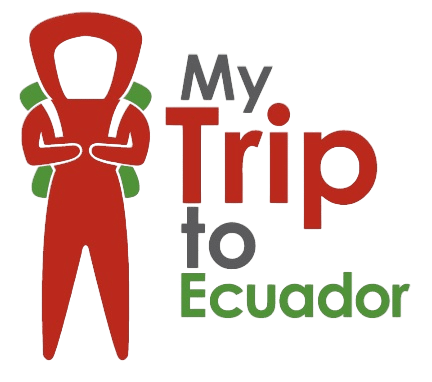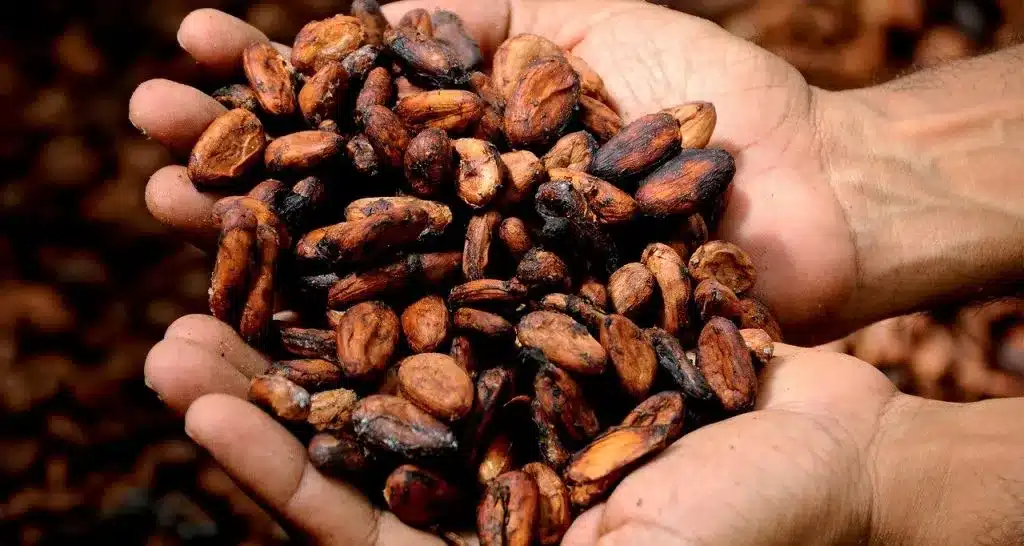
Everybody knows what chocolate is, most people also know that the main ingredient for a chocolate bar is cacao beans, but… do you know where these beans come from and how they found out they could make chocolate out of it?
I am not going to discuss the origins of the trees in this post because for years it has been thought they are from the area of south Mexico and Guatemala, where 4 thousand years old trees were found. However, recent studies show that there are older trees in the Amazon rainforest, around 5 thousand years old.
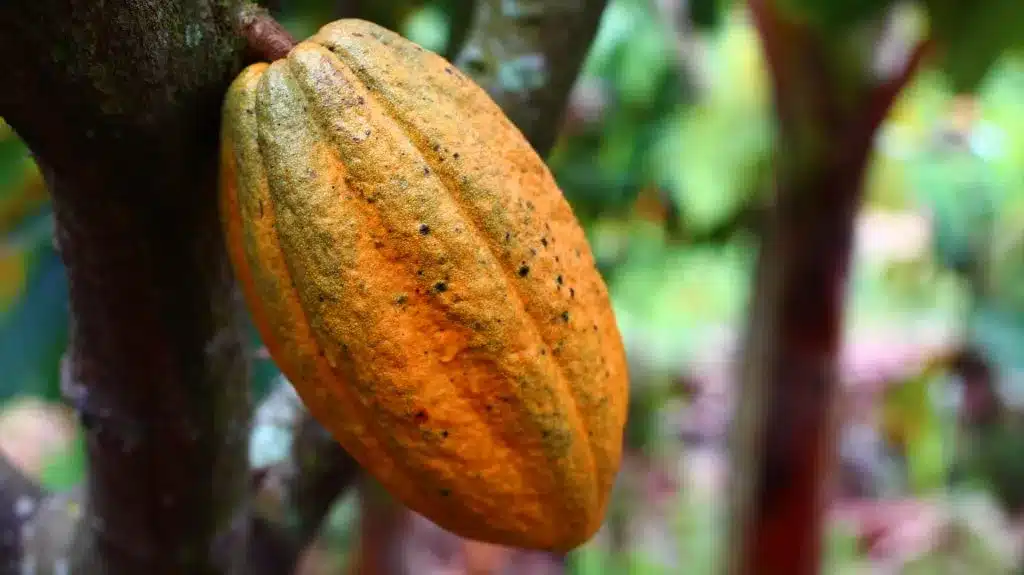
Anyways, what we all know, is that all the history known of cacao beans are in the Mayas and Aztec cultures. Researchers have found out that the cacao beans were used as coins because there were very few of them, and the royals used them for trading.
With the production growing, the cacao lost its value as a coin and started to be used in a different way. They discovered that by roasting and grinding the beans, they got a beautiful shiny paste that had a lot of health benefits. Aztecs used this paste to make a hot drink, adding the ground cacao in boiling water, always with a spice or an herb (could be chili of course), and something to sweeten it up, like vanilla or honey. The name of this beverage was “Xoxoc Atl” in náhuatl (the Aztec language). “Xococ” meant bitter and “atl” meant drink, so the name was “the bitter drink”. There is another belief that the name was due to their god “Quetzacóatl” and that the drink meant “The drink of the gods”. What is true is that the Aztecs did think the cacao beans were a gift from their god to them, because it was so beautiful and with so many health benefits. This is actually why Carolus Linnaeus gave the cacao tree its scientific name: “Theobroma cacao” in 1753, which translates to “Food of Gods”.
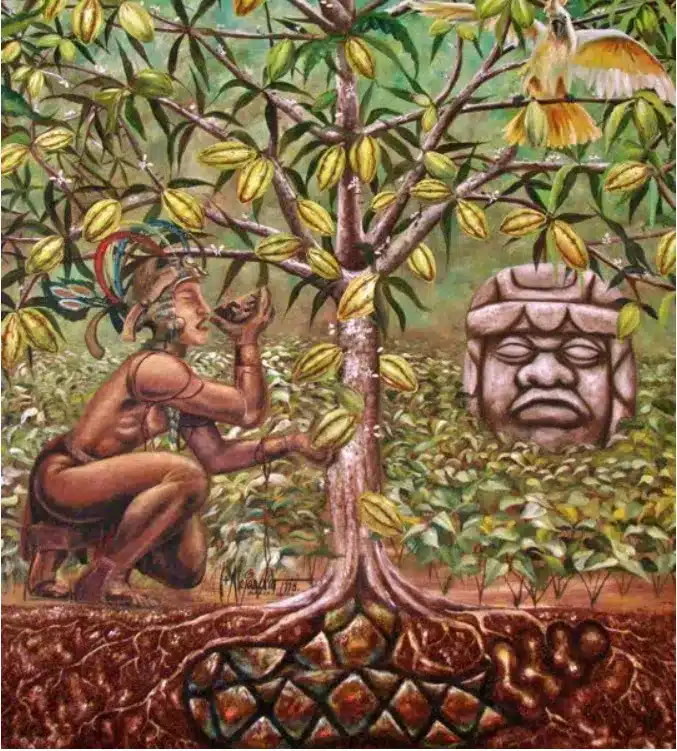
When the Spaniards came to the “Americas” as they called it, they were offered Xococ Atl, and they changed the name to make it easier in Spanish, they called it: CHOCOLATE. Hernan Cortés was fascinated with the beverage. There are records of a letter he sent to the Spanish king Carlos V mentioning that one cup of this drink provided enough energy to his soldiers to be on foot the whole day. But it was not until 1528 that Hernan Cortés decided to send the first dried beans to Europe, designated just for the royals, for the short amount they had.
Cacao took a century to be accepted in Europe, because of its bitter flavor and the little quantity they got from the “Americas”. Then, the Spanish kingdom orders to the colonies to produce cacao for shipping to Europe. They realized that the quality of the Ecuadorian cacao beans was very good and they focus the production in the coast of Ecuador. The first record of exportation of the country was in 1780, out of the port of Guayaquil, but is believed it started way before that. The Ecuadorian cacao is called “Cacao fino de aroma”, “Cacao de arriba” or “Cacao Nacional”.
In 1880 the swiss Henry Nestle and Daniel Peter made the first sweet milk chocolate bar and it became so popular all over Europe causing the demand for cacao to explode. The cacao became the base of the Ecuadorian economy since Ecuador was the leading cacao producer of the world. Most of the farms were located in Los Ríos province, around Vinces town. These families became known as “The Gran Cacao” and were so wealthy that they used to hire a manager for their farms while they were gone to Europe for months, and their children were sent to French Universities. On their return, they would bring back a lot of the French culture, and build their farms with French architecture, that’s why Vinces is now known as “little Paris” with even an Eiffel Tower in the middle of downtown.
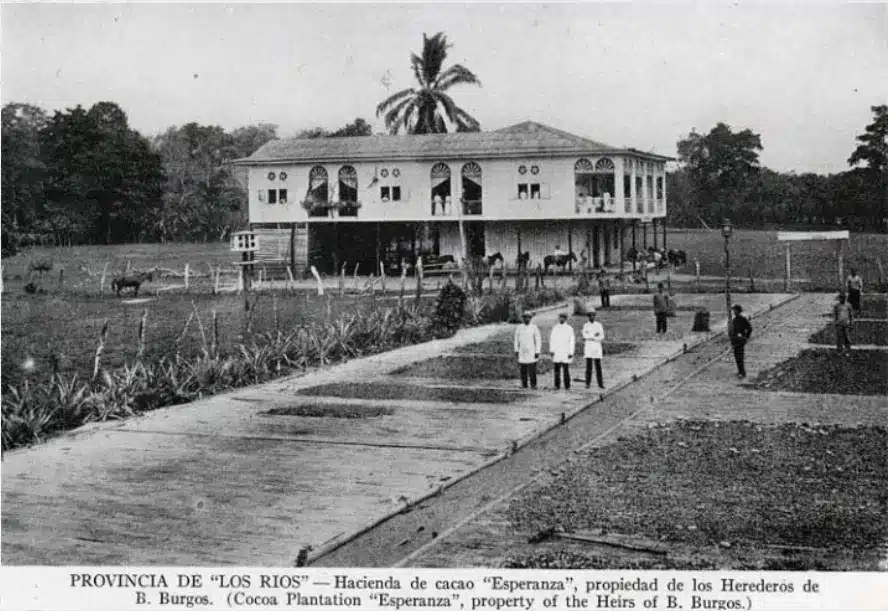
Cacao demand kept growing, and the production as well, however, in 1920 the South American plantations were hit by 2 diseases: “Monilla” and “Escoba de bruja” which reduced the production to a third of what it used to be, taking the country into an economic depression.
The scientists then developed hybrid seeds to prevent future disasters with new diseases and to increase the production. This is when the cacao CCN51 starts to be produced in bigger quantities. It took a while for the industry to recover because World War I came a little after and made it difficult to transport it. Meanwhile this was happening, Africa was growing in their production of cacao beans, Ghana, Nigeria and Ivory coast took the market.
Nowadays, cacao is still one of Ecuador’s biggest exports, and the country remains in the Top 10 largest world producers. However, if we focus on the highest quality beans “Cacao fino de aroma”, Ecuador is still the leader producing nowadays 60% of the world supply for that type of bean, considered the best in the world.
I hope you enjoyed reading a bit of the cacao history as much as you enjoy your chocolate bar. I wish I could write more, but you have to excuse me for a second, my hot chocolate is ready.
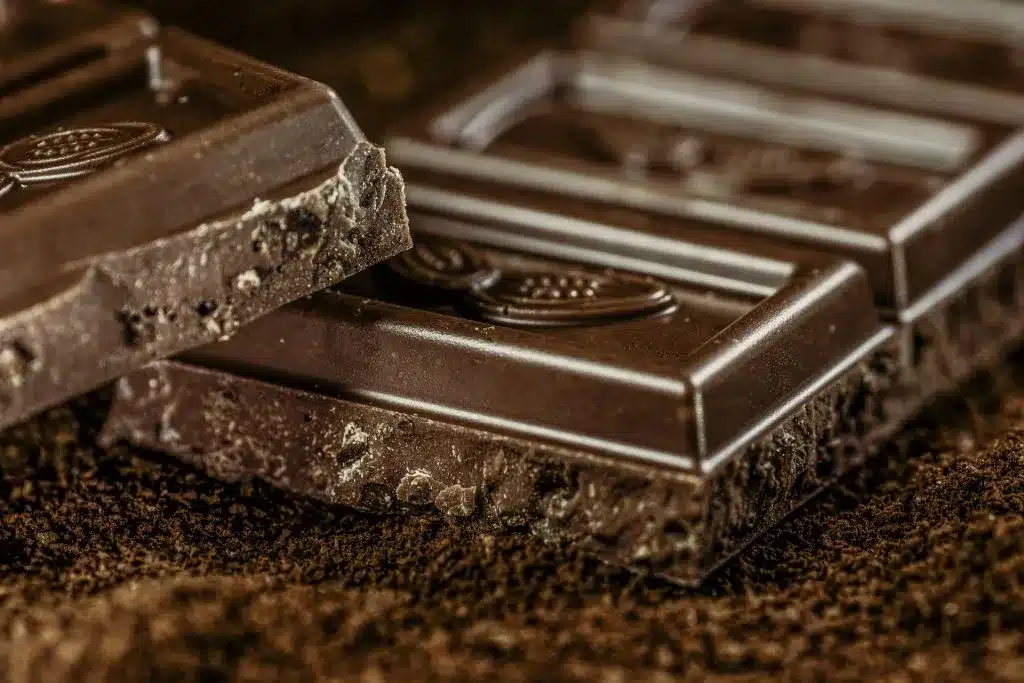
Author: Mario Fuentes

